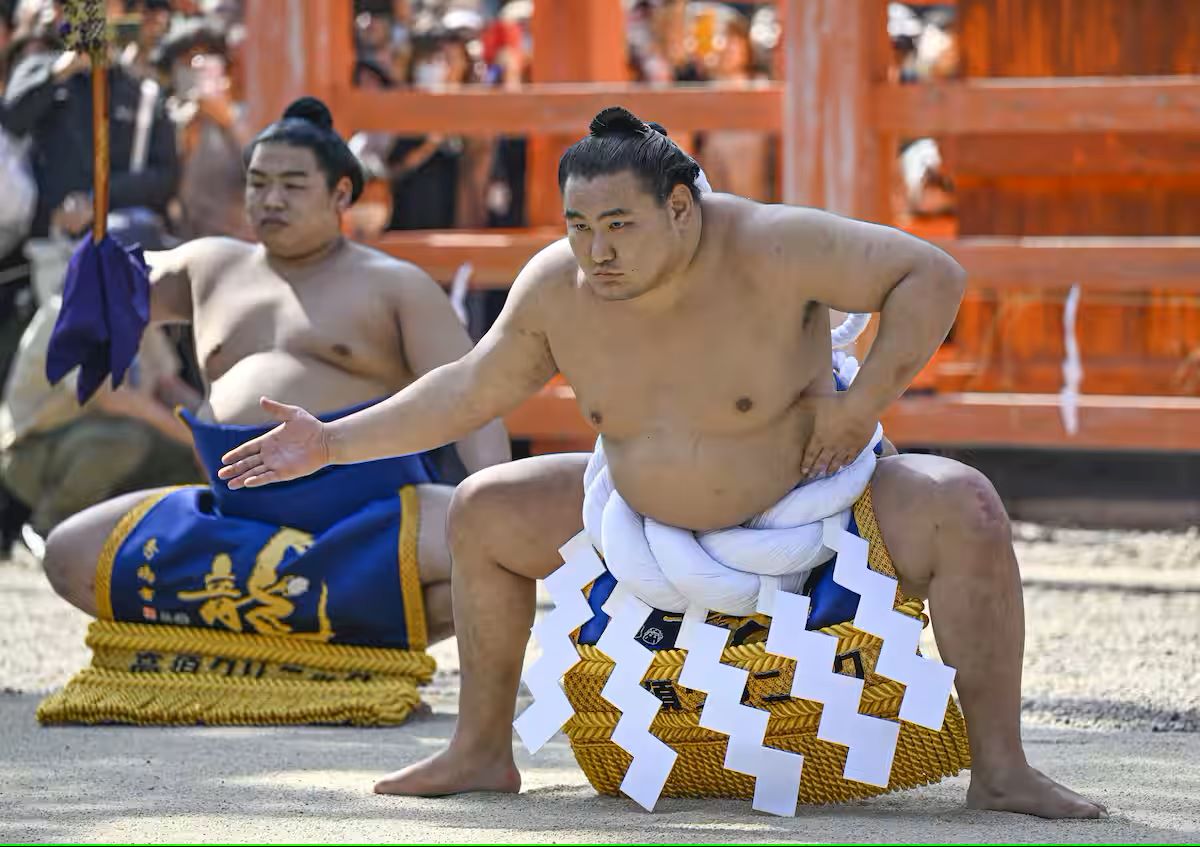
Did you know that nine of the 42 top division wrestlers in professional sumo are from overseas? That's roughly 21%. More than one in five of the sport's top-ranked rikishi hail from outside Japan.
A glance at the Spring Basho rankings shows that Mongolian wrestlers lead the foreign contingent, with six in the top division. Among them are yokozuna Hoshoryu and komusubi Kirishima. Chiyoshoma and Tamawashi, also born outside Japan, have acquired Japanese citizenship. They're joined by two wrestlers from Ukraine and one from Kazakhstan.
Although ozeki Onosato, from Ishikawa Prefecture, won the Emperor's Cup in March, it's become increasingly rare for a tournament to conclude without at least one foreign-born wrestler in the title race.
No Interpreter Needed
Naturally, these wrestlers are often interviewed by the press, but language is never an issue. They handle media questions in Japanese, both in the dressing room and during training, without the help of interpreters.
Take Ukrainian-born Shishi, for instance. When asked about local delicacies in Osaka, he said in Japanese:
"The fish is delicious. Sashimi is delicious. I've received yellowtail, sea bream, and olive flounder as gifts. I love fish. I don't use much soy sauce — just a little. Wasabi's OK in small amounts. I don't really like spicy food."
He then explained how fish is eaten in his home country:
"It's a bit different. There's raw fish, but it's not very popular. We eat things like smoked mackerel."
His Japanese may be a little rough, but his meaning comes through, and his words offer a window into a different culture.
Some wrestlers and stablemasters even speak Japanese with near-native fluency. For example, stablemaster Oshima — formerly sekiwake Kyokutenho, born in Mongolia — was once mistaken for a Kansai native by his future wife.

Among foreign-born wrestlers, stablemaster Otowayama (former yokozuna Kakuryu, also from Mongolia) is especially known for his Japanese skills. Soon after he joined the stable, his master, Izutsu (former sekiwake Sakahoko), told him: "You're not to leave the stable for six months."
Concerned that spending too much time with fellow Mongolians might slow his progress, the stablemaster created a Japanese-only environment. Looking back, Otowayama reflects:
"Being surrounded by Japanese 24/7 really helped me learn the language."
In Sumo, You Learn Japanese by Living It
Foreign-born sumo wrestlers are often grouped together. However, in reality, their backgrounds vary widely.
Some studied in Japan from high school, like Hoshoryu, Onokatsu and stablemaster Terunofuji. Others, like stablemaster Miyagino (former yokozuna Hakuho), have Japanese wives. Some simply have a natural gift for languages.
Mongolian wrestlers are often thought to speak better Japanese than their European counterparts. But there are European-born wrestlers with equally strong command of the language.
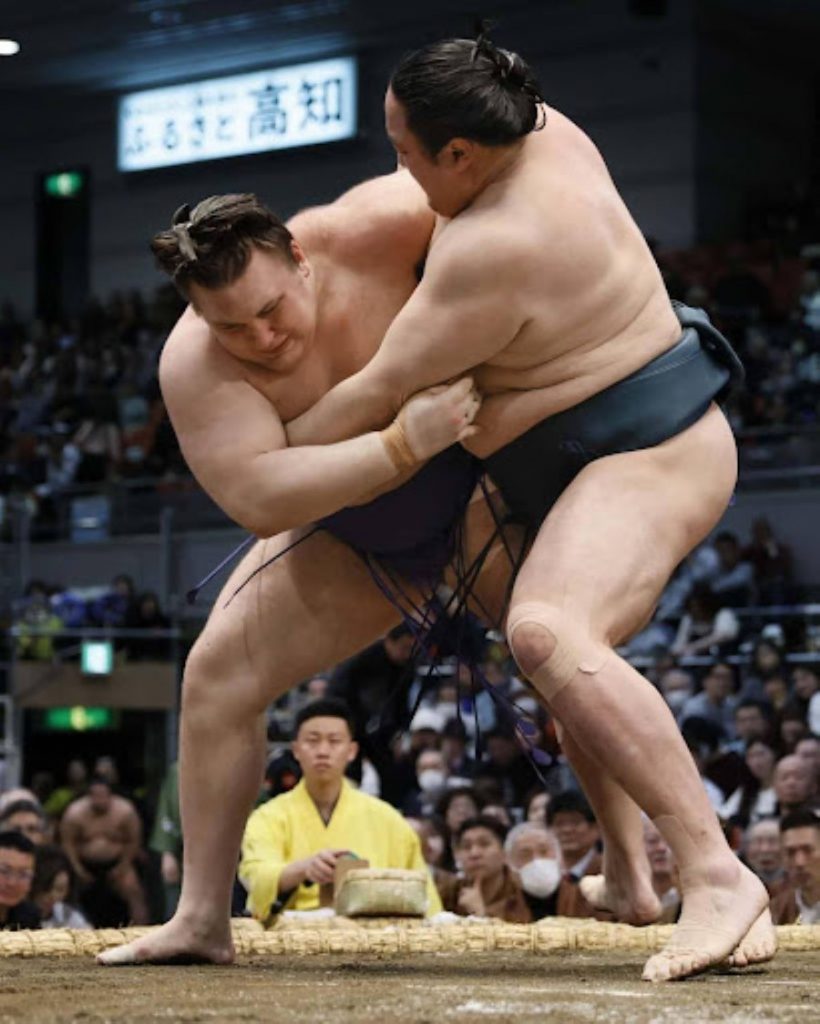
One such wrestler is Aonishiki, who made his top-division debut in the Spring Basho. About three years ago, after Russia invaded his home country of Ukraine, he came to Japan. He reached out to members of Kansai University's sumo club, whom he had met at an international sumo tournament. Since then, he says, he's picked up Japanese without any formal study.
"I picked it up just by living with everyone," Aonishiki said. "Things got really tough after I joined the stable. When I was staying at the University, people were more accommodating — they used English and brought in interpreters. But here, it's all Japanese. If you want to talk, you have to learn."
His stablemaster, Ajigawa (former sekiwake Aminishiki), notes:
"If he doesn't understand something, he asks. He never leaves things unclear. Even when he struggles to express himself, he keeps trying until he's understood. We've never had any trouble communicating."
In sumo, once foreign-born wrestlers begin to understand Japanese, they can follow their stablemaster's instructions and take guidance from senior wrestlers. This helps them adjust to life in the stable and accelerates their development.
The secret to language learning here is simple: "Get used to it rather than study it." Behind those words lies the determination to survive in a distant land and the will to overcome loneliness and grow stronger.
At Ajigawa Stable, several members — including the stablemaster — are from Aomori Prefecture, where the Tsugaru dialect is often spoken. Even Aonishiki, for all his language skills, laughs and says the dialect is "really hard." Still, his stablemates say he sometimes mimics it in conversation.
RELATED:
- Moshi Moshi: Speaking Native Japanese Has Its Positives and Pitfalls
- Saitama Prefecture Sees Surging Demand for Language Support Among Non-Japanese Students
- Ukraine's First Pro Sumo Wrestler Aiming for Impressive Debut in the Juryo Division
(Read the article in Japanese.)
Author: Shoji Takarada

Nagoya Basho Tournament Records
| Day | Opponent | Result |
|---|
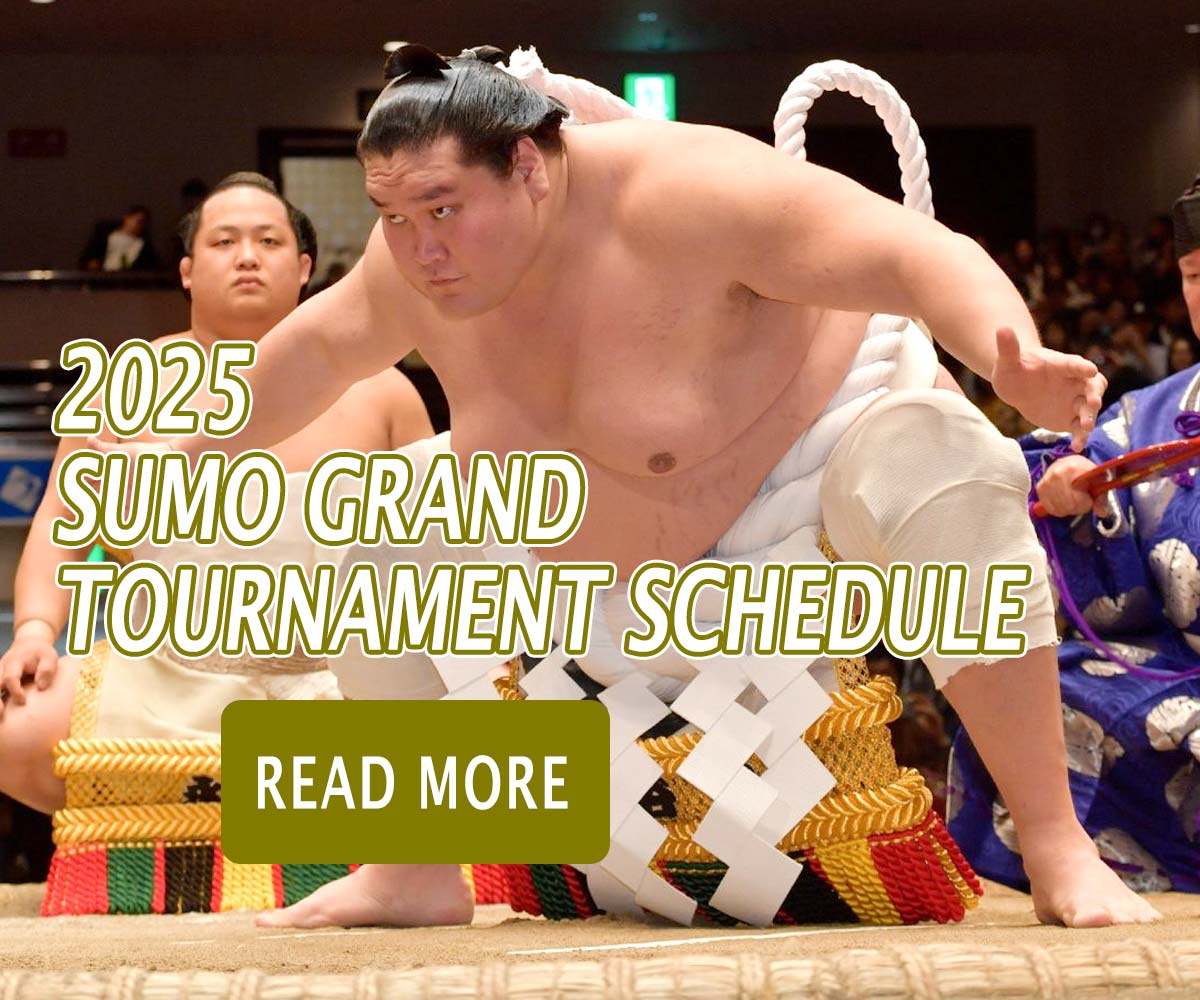















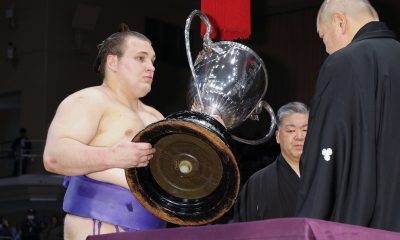

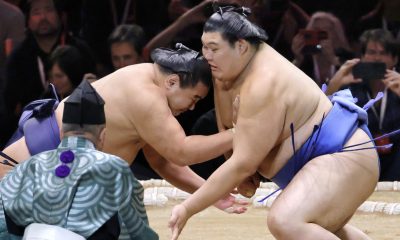

You must be logged in to post a comment Login